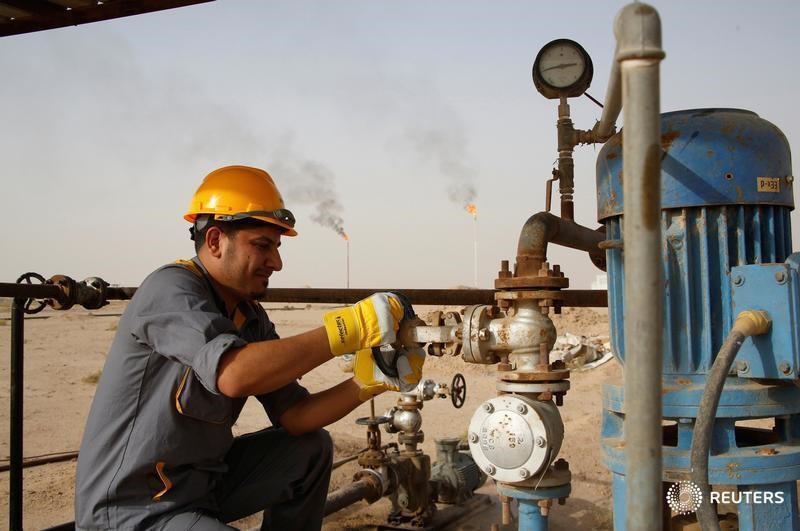By Peter Nurse
Investing.com -- Oil prices fell sharply Monday on concerns that the collapse of SVB Financial will have longer-term repercussions for the U.S. banking sector, potentially stifling economic activity going forward.
By 09:00 ET (13:00 GMT), U.S. crude futures traded 4.9% lower at $72.87 a barrel, while the Brent contract fell 4.5% to $79.03 a barrel.
The U.S. authorities launched emergency measures on Sunday to shore up confidence and head off a run on the country’s second-tier regional banks after the collapse of Silicon Valley Bank at the end of last week.
However, this hasn’t proved to be that successful so far Monday, with a number of regional banks trading sharply lower premarket.
Sentiment was already weak in the oil sector, with the two benchmarks posting hefty losses last week on fears that further monetary tightening by the Federal Reserve would push the U.S. economy, the largest consumer of crude in the world, into recession later this year.
The Fed is set to hold an emergency meeting later on Monday, where it will likely discuss more support in the wake of the SVB collapse. This, coupled with Tuesday’s U.S. inflation data, could determine the direction of oil markets over the coming days
Ahead of this, the overall negative sentiment has outweighed the sharp fall in the U.S. dollar, which would generally support prices as it makes the commodity cheaper for buyers using foreign currencies.
It’s not all bad news though as Aramco (TADAWUL:2222) Chief Executive Amin Nasser said over the weekend that the oil market would remain tightly balanced in the short to medium term.
"If you considered China opening up and a pick up in jet fuels and very limited spare capacity, we are talking 2 million barrels, so as I said we are cautiously optimistic in the short to midterm and the market will remain tightly balanced," he said.
Additionally, the latest positioning data showed that speculators increased their net long positions in the ICE Brent by 12,291 lots over the last reporting week to 298,291 lots as of last Tuesday.
“This move was driven exclusively by fresh buying, rather than short covering,” said analysts at ING, in a note.
Longer term, Reuters reported Monday that the Biden administration will approve a major drilling project in Alaska on Monday.
This could potentially result in the production of about 600 million barrels of oil equivalent over its life, peaking at 180,000 barrels of oil per day, ConocoPhillips (NYSE:COP) said on its website.
